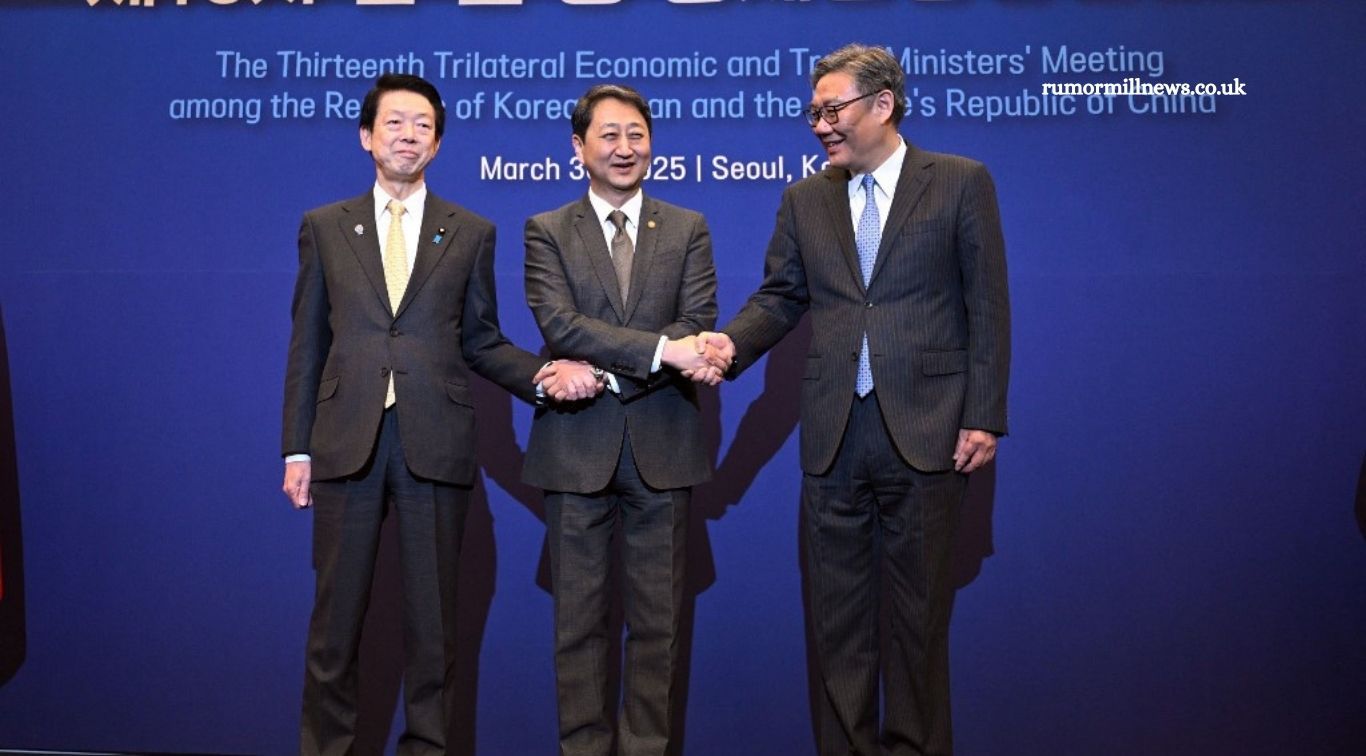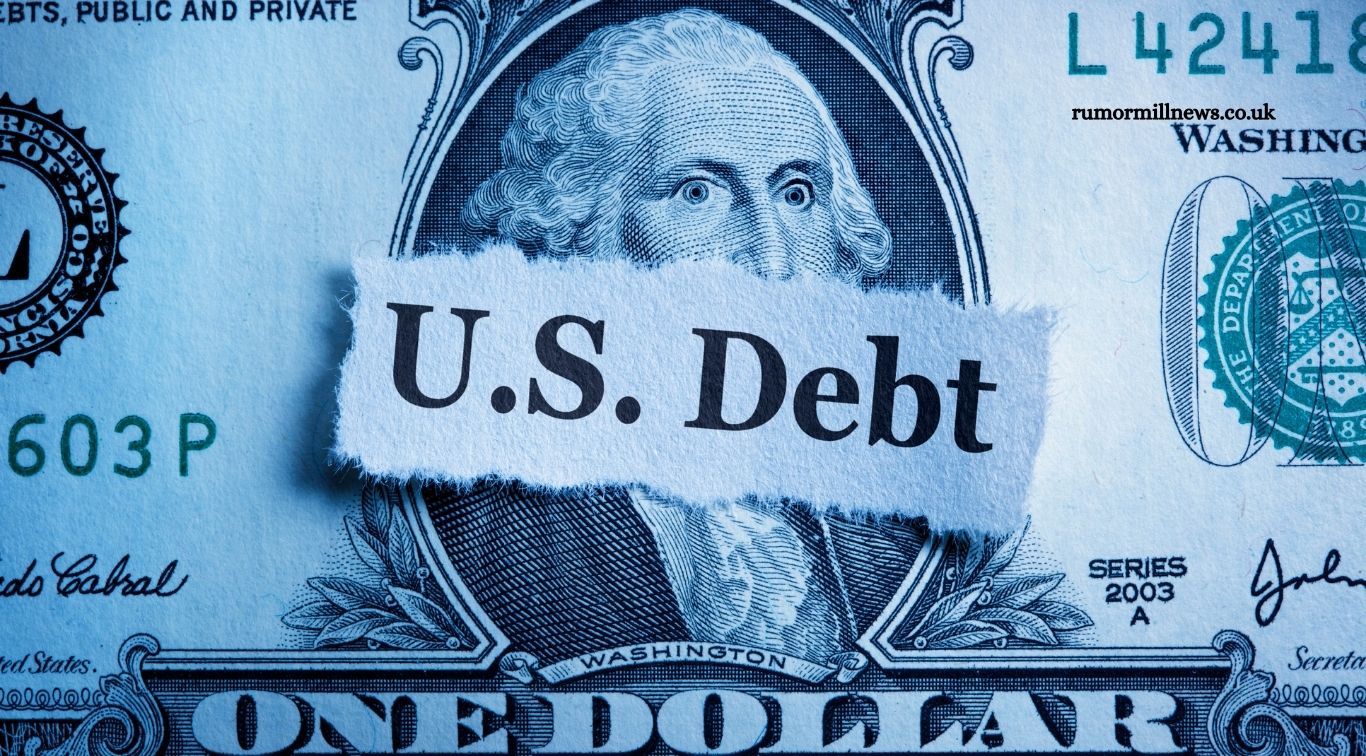President Donald Trump announced plans to impose steep Tariff Crackdown ranging from 25% to 40% on 14 key trade partners, with an executive order delaying enforcement until August 1. Japan, South Korea, Malaysia, Kazakhstan, and Tunisia face 25% tariffs; South Africa and Bosnia 30%; Indonesia 32%; Bangladesh and Serbia 35%; Thailand and Cambodia 36%; and Laos and Myanmar 40%. Trump noted the tariff letters are “not 100% firm” and hinted at potential trade talks and further delays. He also revealed the U.S. is nearing a deal with India. Press Secretary Karoline Leavitt confirmed more tariff letters are on the way.
White House Issues Trade Ultimatums to 14 Nations as Tariff Deadline Nears
Updated 14:22 ET — The White House ramped up trade pressure Monday, posting seven new tariff warning letters, with the latest targeting Malaysia, Kazakhstan, South Africa, Laos, Myanmar, Cambodia, Thailand, Serbia, Bangladesh, Indonesia, Bosnia and Herzegovina, and Tunisia. Earlier in the day, Japan and South Korea received their own letters, made public via Trump’s Truth Social account.
Read More: The Beauty and Big Budget Deficit
Key Points from Japan’s Tariff Letter
- A 25% tariff will apply to all Japanese imports starting August 1, 2025.
- These tariffs are separate from existing sectoral tariffs.
- The U.S. cited Japan’s trade barriers and policies as causes for a “persistent and unsustainable” trade deficit.
- Products manufactured within the U.S. by Japanese companies are exempt.
- If Japan retaliates with tariffs, the U.S. will match the increase.
- Washington signaled willingness to adjust tariffs if Japan opens its markets.
- This letter is part of a broader “America First” push, pressuring nations to reduce trade barriers and relocate manufacturing to the U.S.
90-Day Tariff Deadline Sparks Market Volatility
Markets turned cautious as the July 9 tariff deadline loomed. Trump signaled that unilateral tariffs, potentially as high as 70%, could begin soon. U.S. trading partners rushed to finalize deals before Wednesday, but some reports suggest August 1 might now be the effective deadline, offering more room for negotiations.
Bessent, Trump Tease Possible Extensions and Deals
White House Economic Adviser Bessent confirmed that countries failing to reach deals would face tariffs reverting to April 2 levels by August 1. He noted progress with several nations and hinted at big announcements in coming days. Some countries may secure a three-week extension, allowing talks to continue.
Trump posted on Truth Social:
“Tariff Letters and/or Deals with countries around the world will be delivered starting 12:00 PM (ET), Monday, July 7th.”
He also warned:
- “Any country aligning with BRICS will face an additional 10% tariff. No exceptions.”
- EU, Japan, and Others Scramble for Trade Concessions
- EU diplomats failed to reach a U.S. deal but aim to extend the current tariff pause.
- The EU reportedly faces a 17% tariff on food exports if talks collapse.
- Japan’s trade negotiator held last-minute talks with the U.S. Commerce Secretary, while Japanese automakers explore re-importing U.S.-built vehicles to ease trade imbalances.
Thailand plans to offer the U.S. new trade concessions to avoid a 36% tariff, with proposals to cut its trade surplus by 70% over five years.
Global Reactions to U.S. Tariff Strategy
- Russia’s President Putin, via BRICS, emphasized replacing the global liberal order and boosting national currency usage.
- China retaliated against an EU medical device ban by imposing its own restrictions on high-value EU medical imports.
- Indonesia struck a deal to boost U.S. soybean, corn, and energy imports.
- South Africa, Germany, and Vietnam continue negotiations with cautious optimism.
Frequently Asked Questions
What countries received U.S. tariff warning letters?
Fourteen countries received letters, including Japan, South Korea, Malaysia, Thailand, Cambodia, Laos, Myanmar, Indonesia, Bangladesh, Kazakhstan, South Africa, Serbia, Tunisia, and Bosnia and Herzegovina.
When will the tariffs take effect?
The letters state that new tariffs will begin on August 1, 2025, unless individual trade deals are reached beforehand. Some countries may receive a brief extension.
Are these tariffs in addition to sector-specific tariffs?
Yes. The letters clarify that these tariffs are separate from any sectoral tariffs, meaning they will apply broadly unless deals are made.
How is Japan expected to respond economically?
JPMorgan estimates a 24% retaliatory tariff could lead to a 0.4–0.9% GDP drop and a 7% decline in 2025 TOPIX EPS. The Nikkei 225 (NKY) could fall to 34,000 under a downside scenario.
What is the potential impact on South Korea’s economy?
JPM sees South Korea’s Tech and Consumer Discretionary sectors—where U.S. exposure is 40% and 33%, respectively—suffering 7% and 12% EPS declines if tariffs are enforced.
Are any trade deals being negotiated to avoid tariffs?
Yes. Countries like India, Thailand, Japan, Indonesia, and the EU are actively negotiating deals to delay or avoid tariffs. The U.S. has hinted at flexibility in exchange for market access or trade balance corrections.
How does this affect global markets?
Markets are reacting with caution. The looming August 1 deadline and Trump’s threats of up to 70% tariffs have increased volatility, especially in Asia-Pacific indices and trade-dependent sectors.
Conclusion
The Biden–Trump-era tariff showdown marks a pivotal shift in global trade dynamics. With 14 countries facing steep tariffs and key deadlines approaching, the U.S. is leveraging economic pressure to renegotiate trade terms and bring manufacturing back home. While some nations are racing to strike last-minute deals, others may face significant economic fallout if tariffs are enforced. As negotiations unfold, markets will remain on edge, and the global trade landscape may be reshaped in the coming weeks.




